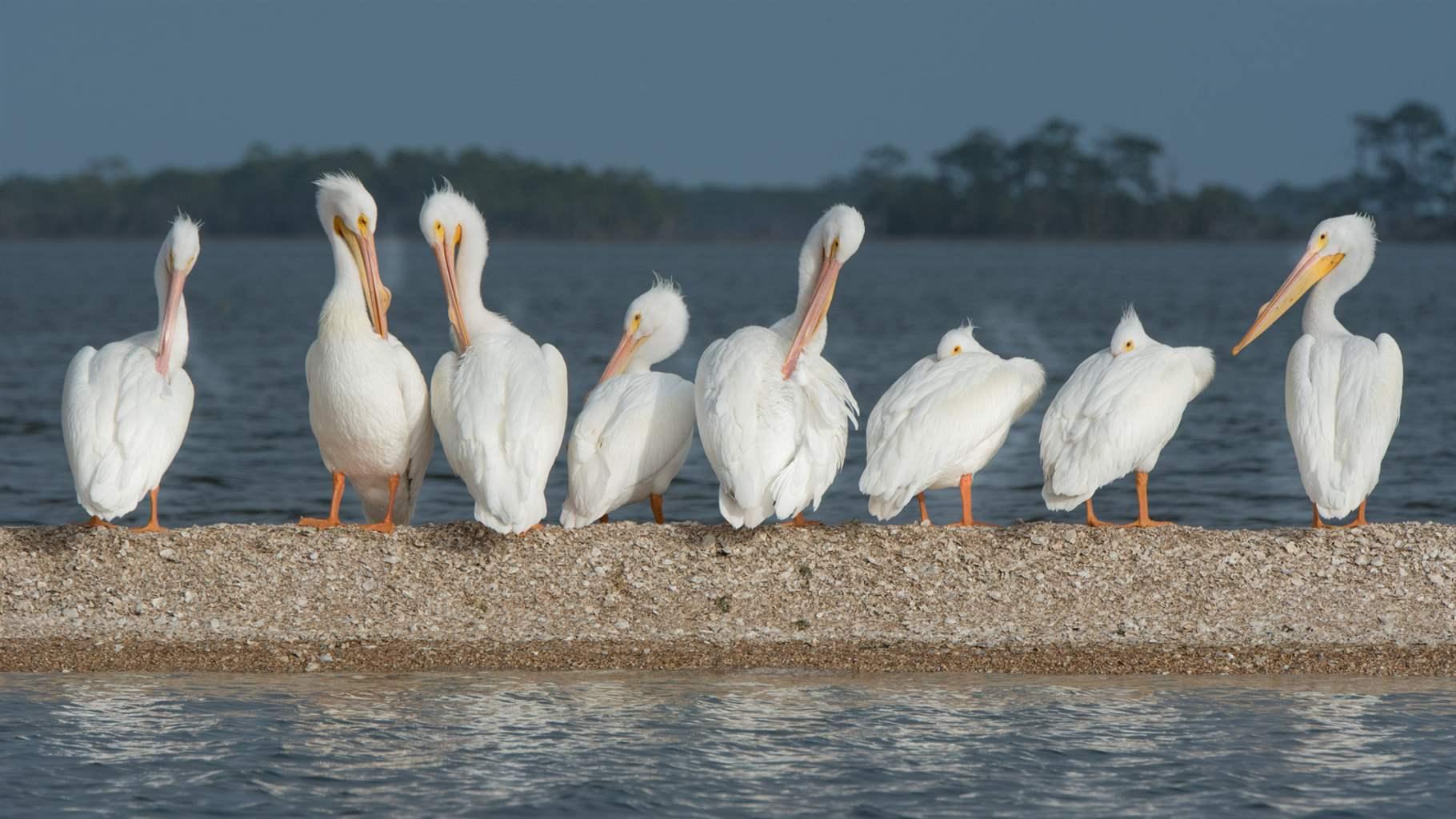'Spawning Reefs' Provide Places for Oysters to Live and Reproduce

Overview
Oysters settle down early in life. They begin as larvae and drift for several weeks in search of a surface, ideally an existing reef, to call home. Once they find it, they stay there the rest of their lives.
But in many places, larvae have limited options because approximately 85% of the world’s oyster reefs, including areas along the U.S. coasts, have been lost to pollution, overharvesting, and other harms.1 To compensate, governments, researchers, and conservation groups sometimes construct reefs using repurposed materials such as oyster shells, crushed limestone, and concrete.
Some states have prohibited oyster harvesting from certain reefs to give oysters the time and space that they need to reproduce. These protected “spawning reefs” deliver benefits for oysters and humans, including:
- Filtering pollutants from water, providing habitat and shelter for fish and other marine animals, and protecting shorelines from erosion and storm surge.
- Supporting larger and older oyster populations that produce more larvae and grow the population. Reefs that have a good balance of younger, smaller oysters with a high density of older, larger adults are the most successful breeding grounds.
- Boosting oyster populations over a wide area as larvae from spawning reefs travel to nearby reefs, including those where the mature oysters can be harvested.
- Creating more and better habitat for adult oysters and larvae. As oysters die on reefs, they leave behind their shells, which help the reefs grow bigger and complex, providing more surface area on which larvae can attach. Taller reefs also allow mature oysters to live above the seafloor, where they are less susceptible to depleted oxygen levels and predators.
Governments, conservationists, and other stakeholders should use data, research, and strategic planning to help put spawning reefs in the right places. In particular, locations close to oyster harvest grounds and other reef restoration or enhancement projects can benefit as larvae travel off spawning reefs and settle on nearby reefs, connecting and boosting mollusk populations, building habitat for oysters and other sea life, and making ecosystems healthier.
When located and developed thoughtfully using the latest science, spawning reefs have the potential to help oyster populations recover, boost harvests that deliver seafood for consumers to enjoy, and provide natural barriers that help protect coastal communities from rising seas and increasing storm surges.
Endnote
- M.W. Beck et al., “Oyster Reefs at Risk and Recommendations for Conservation, Restoration, and Management,” BioScience 61, no. 2 (2011): 107-16, https://doi.org/10.1525/bio.2011.61.2.5.












